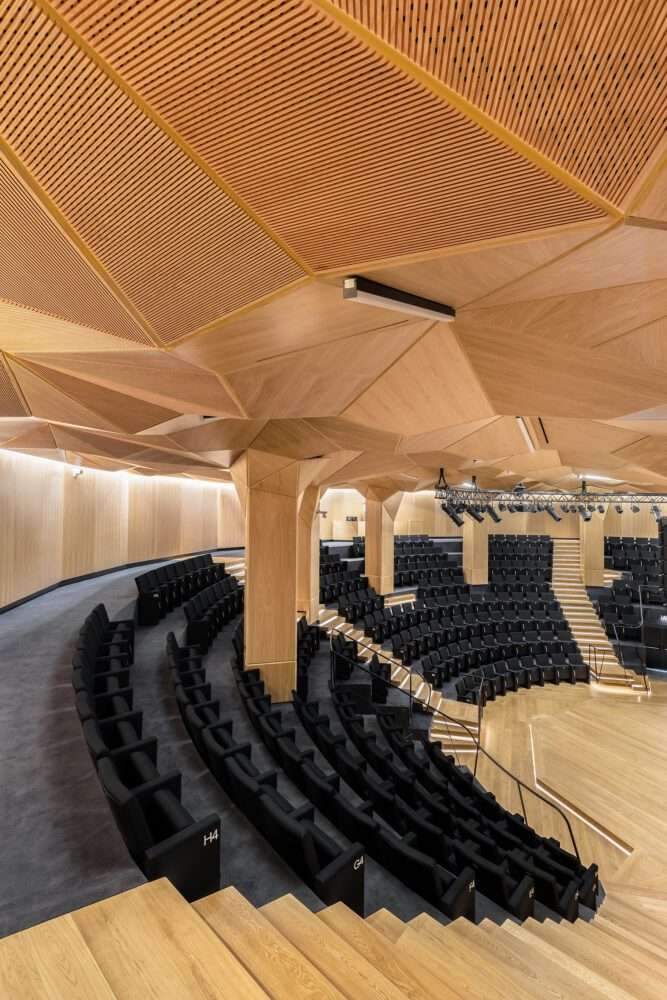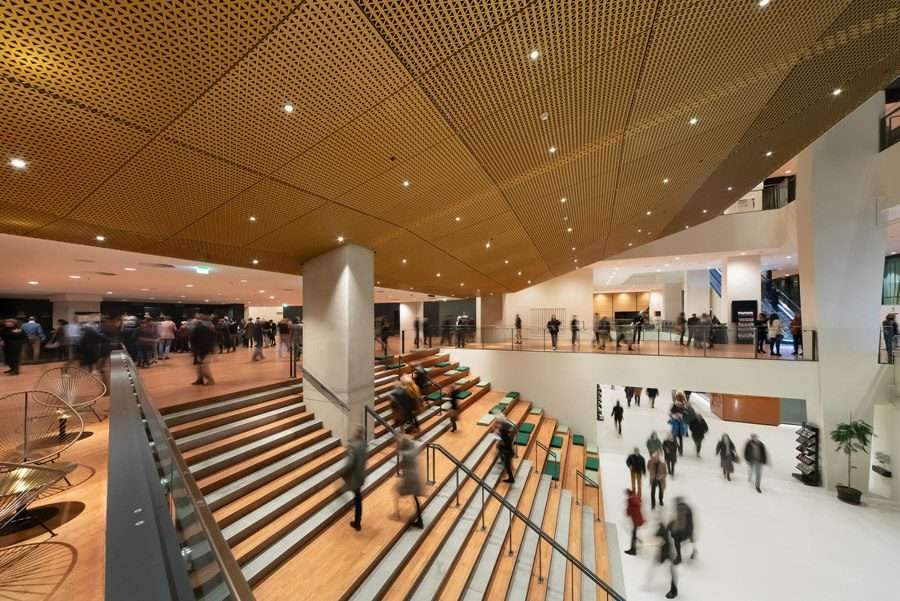Acoustic design in commercial buildings such as theaters and large auditoriums

absorption
reflection

spread
Location affects acoustics

Acoustic treatments for theatres
For more architectural news




For more architectural news
I am an architectural journalist and publisher interested in highlighting and presenting interior design best practices to my audience. I am always looking for new stories and ideas that will inspire my readers and enhance their lives
Peter Cook presents Archigram’s project of “Plug-in City” Archigram was an avant-garde architectural group formed in the 1960s that was neofuturistic, anti-heroic and pro-consumerist, drawing inspiration from technology in order to create a new reality that was solely expressed through…

Marble and its uses in interior design,Our modern marble adaptations have inspired fascinationwith the ancient and semi-eternal material it is used to build the most beautiful architecture and statuary.From the Taj Mahal to Michelangelo’s David and – of course –…

In an unspoilt area on the coast of Sardinia, the dream of building a glamorous resort off the northwest coast of Italy was born.John Duncan Miller was fascinated by the place and conveyed his feelings to Prince Aga Khan IV,Who…
Great for people with hearing impairments.The Bone’s a separate set of headphones. It vibrates through the skull (instead of the ears) to play music.When we came across British designer Hans Rimzen’s conceptual “Bone” headphones, we wanted to understand exactly how…

Overview of the construction in Saudi Arabia Skyline of Riyadh at dusk The Construction of Saudi Arabia is custom-made to its geography and native climate, and shows the distinctiveness of Arabian custom. It is positioned on the Arabian Peninsula in…

Experience the intersection of functionality and artistic brilliance with the University of California, Santa Barbara’s Campus Bike Shop, a winner of the prestigious 2023 Best of Year for Domestic Small Higher Education. Transcending the conventional notion of bike-repair spaces, this…